It's 7pm on a sunny Saturday and people are lazing on the grass, sipping beer as, on stage, an ageing French rock band knocks out another Tom Petty cover. Couples cuddle, families quarrel, stag and hen parties struggle to cope with the fact it's still only sunset and they're already half-cut. All the while engines cry as race cars hurtle down the Mulsanne Straight at 300km/h.
Welcome to Le Mans 24 hours. Forget the preening pretentiousness of Formula One. This is a high-speed masochistic marathon of motorsport.
There are other races. There are even other endurance ones, a handful of which also run the full 24 hours. But nothing matches Le Mans, drawing 250,000 people to the fields of a normally sleepy French town for a festival of motorsport. A gasoline Glastonbury, a petrolheads' Electric Picnic. Only bigger.
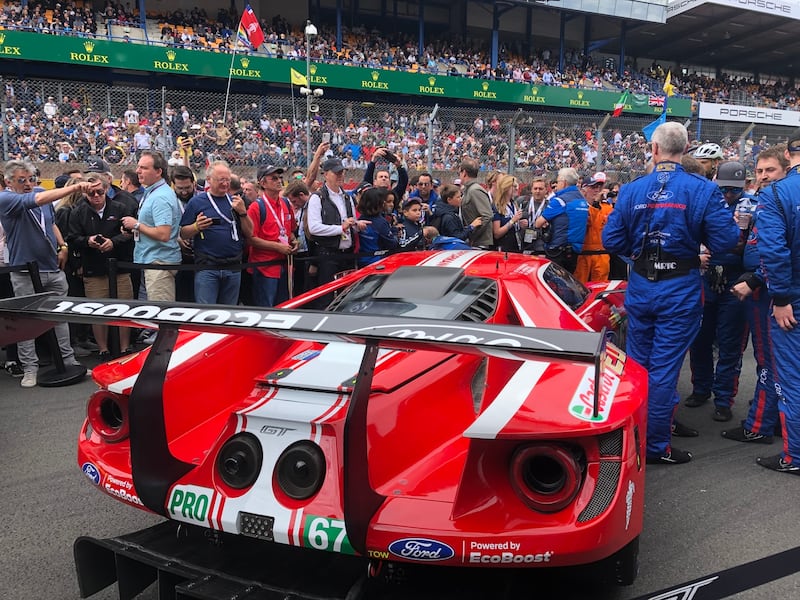

Fans and their families gather in their thousands, pitching tents in the surrounding fields, sipping beer from recyclable mugs and chomping on chicken wings as the cars fly by. Old and young, fat and skinny, men, women and children – from toddlers to teenagers – cheer on their champions. For roughly €80 a ticket and a few euros for a tent, you get to see some of the best drivers in the world test their mental and physical mettle.
On track, it’s a rolling start to the race as the clock strikes 3pm on Saturday afternoon. The roar as drivers floor the throttle makes your fillings shake. For the next 24 hours these 62 cars and their drivers – three per car rotating their time behind the wheel – will face the brutal truth about their promised brilliance.
One of those is Cork man Matt Griffin, the 36-year-old from Douglas who is competing in his eighth Le Mans. "That's one of the draws of the 24-hour races; how hard they are. Because it's really, really tough. The other thing is obviously Le Mans itself. I've been to see All-Irelands in Croke Park, to World Cups, Wimbledons, even the Olympics, but nothing, nothing, comes close to the atmosphere of Le Mans. Listen to racing driver Fernando Alonso, who says that winning a Le Mans race equates to an entire Formula One championship."
For the drivers, the physical intensity is immense. “The strange thing people say when they don’t understand it is ‘oh you know do you have to be fit to drive the car?’ The reality is, I would consider myself an athlete. With the team we have doctors, physios and the like and we are wired up biometrically in the car so they understand what’s happening. During a race I’ll burn between 800 and 1,000 calories per hour. In one of the stints this time at Le Mans, which was my first two hours in the car, my heart rate averaged 169bpm.”
Then there’s the mental test, remaining focused for several hours of intense racing. As the lead driver on his team, Griffin is expected to make up the time lost by team-mates. That means putting in more hours than the rest.
“This year I did 10 hours behind the wheel. The first hour is okay, the second is okay, the fifth hour is okay, but it’s when you have to get in at the end of the race. That’s where you really need your fitness. When you are at the limit, particularly at Le Mans, a minor mistake can turn into a catastrophic crash that will finish your race.”

Or worse. "Le Mans is our Isle of Man TT. It's on track and public roads, it's very, very high speed and, though motor racing is quite safe these days, it's certainly the most dangerous race we do. If there's a crash, it's usually a big one. In 2013 a contemporary of mine, the Dane Allan Simonsen was killed during the race. We'd previously banged doors week in, week out, so it's always in your mind."
When 62 cars take to a track and the adrenalin flows, incidents are inevitable. "You always have a few close ones in the race. I had one this year at about 7am in the morning, when the sun was very low. I turned on to the Mulsanne Straight and the sun was in my eyes. As I turned in, it was just at the point where, after 245 laps, Pastor Maldonado had lost it and hit the barrier. So I came out of the bend, the sun piercing my eyes, and I can see this car rolling back from left to right across the circuit and I'm pinned in fourth gear doing 220km/h.
“There was no space for me to go on the left because it was all tyres from Pastor’s impact, but the space on the right was diminishing as he was rolling backwards. I was turning right as much as the physics of the car would let me. I must have missed him by three or four inches. You have two or three close ones in every race and that’s where you rely on your skill.”
And you really don’t want to crash. “The costs for a GT car for that race is about €1.5 million to do the race, and then the value of the GT car is about €1.5 million. So, if I make a mistake on the first lap and destroy the car, I’ve essentially burnt €3 million,” Griffin explains.
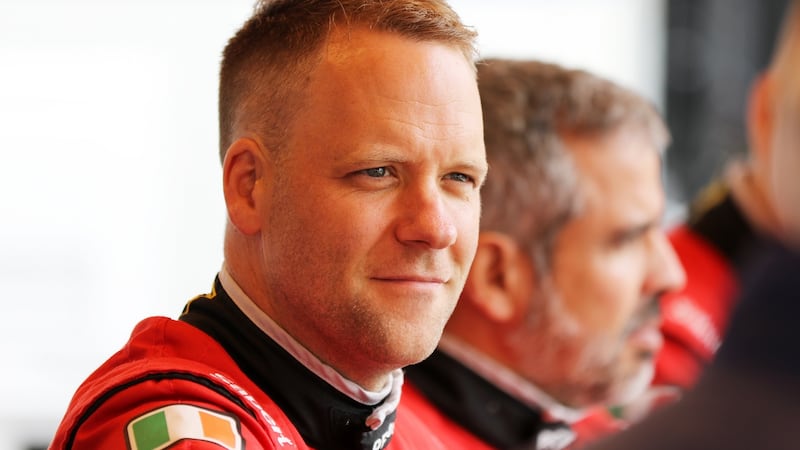
Le Mans is also the sight of the most catastrophic motorsport crash in history. In 1955 a high-speed crash in front of the then grandstand caused large fragments of debris to fly into the crowd, killing 83 spectators, one driver, and injuring nearly 180 more. The high fencing around the track these days is as much to keep the cars on track as the fans off it.
Back with the fans and the first few hours hold a degree of novelty. After that they start to tune in and out. A few with €120 to blow will take a 10-minute ride in one of the fleet of helicopters constantly tracing the 13.6km circuit. Others will wander through the stalls or ride the carousel. And so it goes, a full-speed festival for fans intermittently interrupted by crashes, breakdowns and pit stops.
At night some sleep with their earpieces in, listening to Radio Le Mans live race reporting and keeping up to speed with the race as they catch a few hours’ kip. Some of us are tempted back to the track. You think you’ll just tune back in for a few laps and then you’re hooked, sitting in the stand at 4.30am watching lights whizz by. Like a motoring novena, the stands will always be occupied by a few lone souls, keeping watch on the racers.
A Japanese fan is watching the race from a grandstand seat as dawn breaks. The rest of his party are still tucked up in their tents. He fully intends to see the 24 hours through. Quickly the conversation turns to Toyota, leading this race, but with a history of heartbreak at this track with which only Mayo footballers could relate.
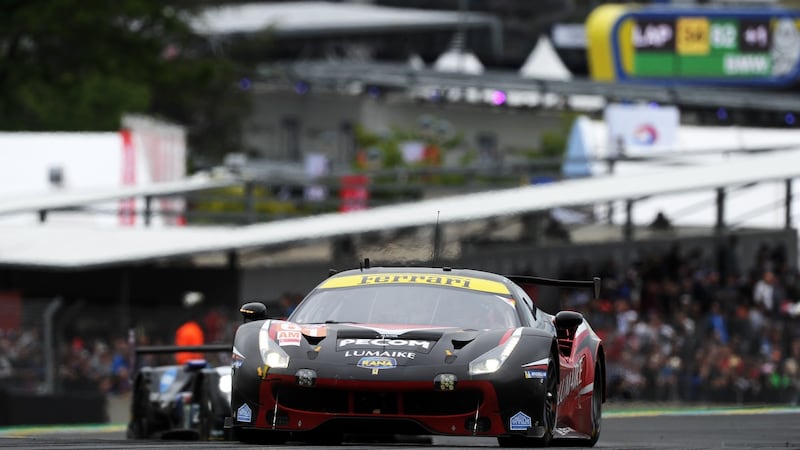
Despite a consumer reputation for reliability, the 1980s and 1990s bore no fruit for the brand at Le Mans, so it slunk away to lick its wounds. It returned in 2013, brimming with renewed confidence as the biggest car company in the world, but continued to flop in the final stages. By 2016 it had suffered four mechanical failures at Le Mans in the final stretches of the race. A new 986bhp hybrid race car was meant to change all that. After 23 hours 55 minutes of racing, leader Kazuki Nakajima turned the Toyota towards the grandstands to start the last lap, a full one minute 14 seconds ahead of the rival Porsche. Suddenly the car started to slow. Nakajima took to the radio to report a loss of power. The car sputtered to a halt in front of stunned crowds and tearful team-mates. Porsche shot past to win. Back they came in 2017 with three cars entered. A series of heart-breaking turns of events meant it was not to be. It was 2018 before Toyota finally won this race for the first time.
Of course it's not just one race, but four. At the top end is the prototype class, at one stage the hunting ground of the big-money manufacturers but now down to a handful of entries and one big name, Toyota. Below this is a secondary level of prototypes and then GTE or grand touring classes, one for professionals, the other amateurs. All four grades share the same track at the same time. That adds a little edge. And a multitude of storylines.
Take Ford. In 2012 the current scion of the blue oval empire, Bill Ford, started a secret project to build a GT supercar in the hope of repeating the company's greatest Le Mans glory, when the blue collar US brand put Ferrari's prancing horse in its place with victory in 1966.
That battle is now the storyline for an upcoming movie out this November, starring Matt Damon and Christian Bale. At the time, Henry Ford II ordered his CEO Lee Iacocca to kick some Italian ass.
At Le Mans this year, the movie was being eagerly anticipated, for, like with the equine world, nothing on the silver screen has yet managed to capture the true essence of the sport. Car movies are crap. That’s a given. Even Steve McQueen, whose chase sequence in Bullitt sold more Mustangs than all the shiny suited salesmen combined, couldn’t do it. McQueen had raced Le Mans as an amateur and devoted over a year to the project, left a movie that stunk out cinemas in 1971.
And yet, standing in the pit garage of Ford Chip Ganassi racing, it's hard to understand how a movie about this race could miss if it managed to capture a tenth of the tension in this concrete bunker by the racetrack.
Ford returned to the French track in 2016 as part of a four-year commitment, and marked the 50th anniversary of its legendary victory with a win in its class. It seemed too easy, and it was. The following two years were turgid affairs for the team. This year is their last in the endurance championship, for now.
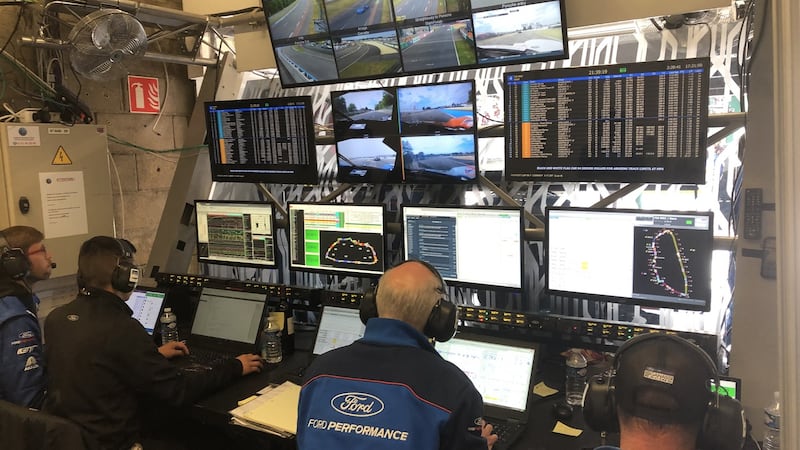
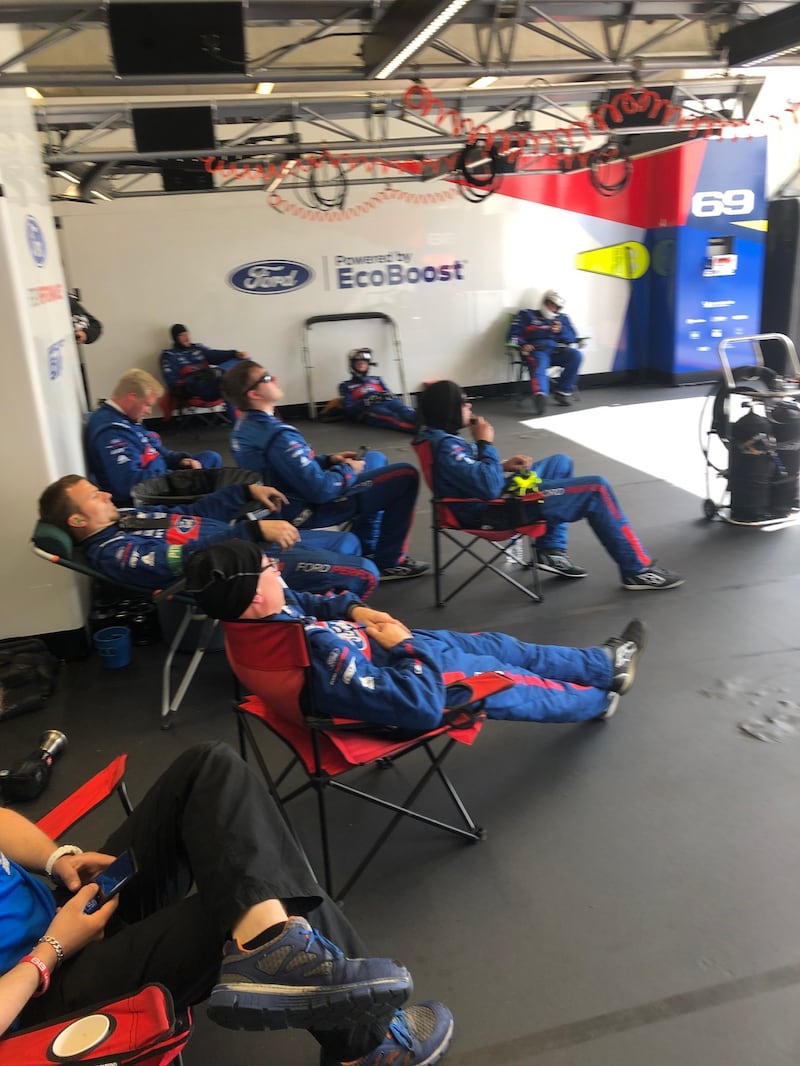
One of its three entries is a fully-fledged star-spangled US crew. In their pit garage, in front of a bank of data screens, is boss Bill Ford, looking pensive. Before him is a team of engineers monitoring reams of data points and numbers related to Car number 68. Each is charged with keeping tabs on particular sensors for the full race. They won’t get any sleep.
On the other side of the screens sit the pit crew, draped across deckchairs like many of the crowd outside. They look comatose. Yet on the signal that the car is coming in they spring to life, stretch and take their spots. Its deep calm interspersed with intense concentration. In 34 seconds the wheels are changed, the driver swapped and the fuel loaded. Even the windscreen gets a cleaning.
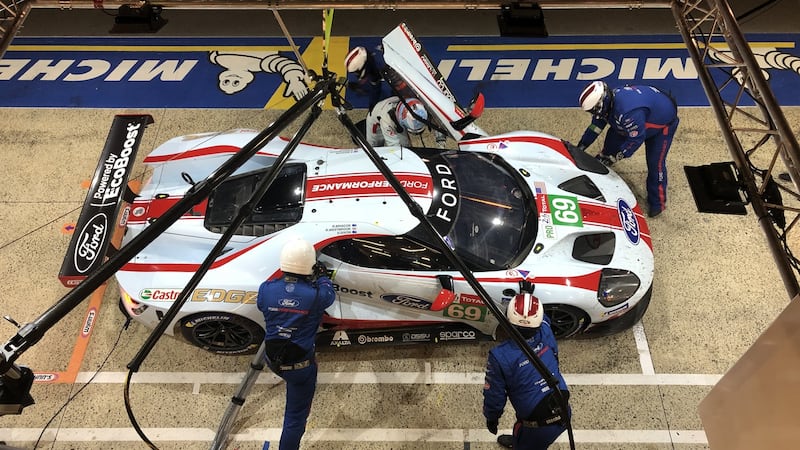
Alas the efforts come to nought and Ford leave empty-handed. Ferrari took the GT series win in the Pro class.
As for Matt Griffin, he finishes seventh in class and 37th overall. “It was a tough one if we were to be honest. We were looking good for at least third and possibly fighting the second but with two hours to go we just had a basic broken part on the front right suspension. So they had to pit to fix that and lost two laps. It’s a kick between the legs. Another finish is good, it’s just not on the podium where I wanted to be.”
At the front, Toyota delivered drama once again. With an hour to go sensors on the lead car reported a front left puncture. The car pitted, the tyres changed, but it seems the sensors were incorrectly wired. They had changed the wrong tyre. Back into the pits and by the time they got back on track, they were down in second place. Luckily for Toyota, the new lead car was also theirs, piloted by the trio of drivers Fernando Alonso, Sebastien Buemi and Kazuki Nakajima.
It shouldn’t be surprising that over the course of a 24-hour endurance race, even the most expensively engineered cars will throw up a flaw, or that a human error will trip a team up. That’s what the engineers love and hate about the race. It tests them and their technology to the limits.
Of course, much as the technology race has driven Le Mans for over 90 years, so the next wave of technology looks set to revolutionise the motoring world. Where will it leave motorsport? Some suggest, in decades to come, the advent of driverless cars will lead to human drivers being banned from public roads. That may leave driving fans to follow in the footsteps of their equine counterparts from a century ago, taking to private fields and tracks. Driving will become solely a sport, done for fun rather than function. Those who master the art of controlling the machine will still be held in high esteem. And as now, hundreds of thousands will gather to watch drivers like Fernando Alonso and Matt Griffin.
The Formula One parade that passes for a race these days may get more TV coverage and lure more corporate team-building trips for call centre managers on a jolly to Monaco or Monza, but if you are really looking for a motorsport event for your bucket list, nothing compares to Le Mans.



















